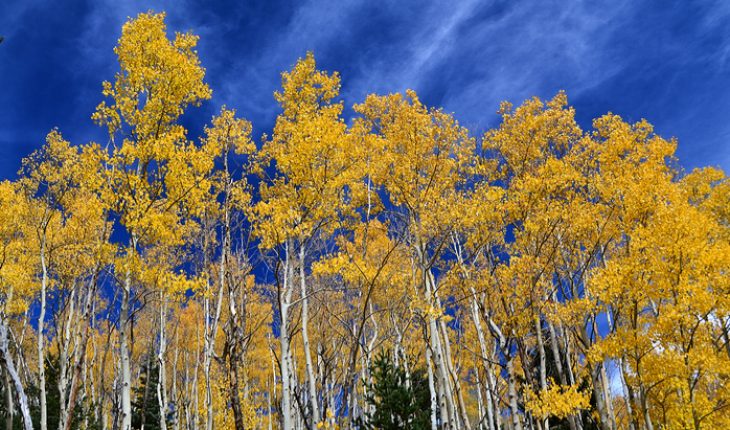Will our Indian summer make the flu season any worse? In my opinion, yes, but not for the reasons you might think. The flu virus is not more likely to thrive as balmy September makes way for mild, if wet, October. Unlike bacteria, which do proliferate in warmer temperatures, viruses are less affected by the warmth of the surrounding environment.
But the mild Autumn may have another effect that will impact numbers of sufferers this year and death rates too – it could spread complacency about the flu vaccine. Right now, thousands of people who are eligible to have the flu jab have been sent reminders to attend for their annual vaccine. We know from figures that takeup, which is already quite low in all the at-risk groups, actually fell last year.
Vaccine uptake dropped in all clinical risk groups including pregnant women and people with chronic heart disease, in 2015/2016 compared with 2014/2015, according to NHS England. In fact, the overall drop was just over five per cent, from 50.3 per cent of all at-risk adults dropping to 45/1 per cent in 2015/2016.
This was probably partly due to a loss of confidence due to the failure of the 2014/2015 virus, when a mutated strain of H3N2 appeared too late to be included in the formula, meant that the vaccine that was available was largely ineffective. Figures released earlier this year by the Office for National Statistics showed the biggest spike in excess 2014/2015 winter deaths in England and Wales since the 1960s (16,415 compared to 577 the previous year), and flu is likely to have been a major factor.
Every year in February, a global flu surveillance team, with input from World Health Organisation labs in Atlanta in the US, London, Melbourne in Australia, Tokyo in Japan and Beijing in China, get together to try and predict which three flu types are likely to cause the most problems in the next flu season. This is based on what has happened during the previous winter (our summer) in the Southern Hemisphere, which gives an early indication of which flu viruses are likely to affect us next. The recommendations are made six months in advance so that manufacturers have time to develop and distribute the vaccine in October and November before the ‘flu season starts in the Northern Hemisphere. The flu experts can get it wrong but there is no doubt that the flu vaccine is one of the best defences we have against this virus.
Flu pandemics have occurred every few decades, but there is good reason to believe that they may actually happen more regularly in future. This is due to the population explosion, bringing people in much closer proximity to one another allowing the virus to spread, and the increasing number of people who expect to eat meat protein, often living in close quarters with pigs, fowl and other animals that are known to harbour flu which can cross the species barrier. The good news is that we do produce vaccines that work most of the time for most of the people. And as long as a sufficient number of people continue to get vaccinated, the whole population benefits because of ‘herd immunity’.
So enjoy the balmy weather but get you flu jab too. It might save your life.
- The last gasp of polio - 28th March 2017
- Hacked off by the adenovirus - 12th January 2017
- Indian summer flu - 2nd October 2016






